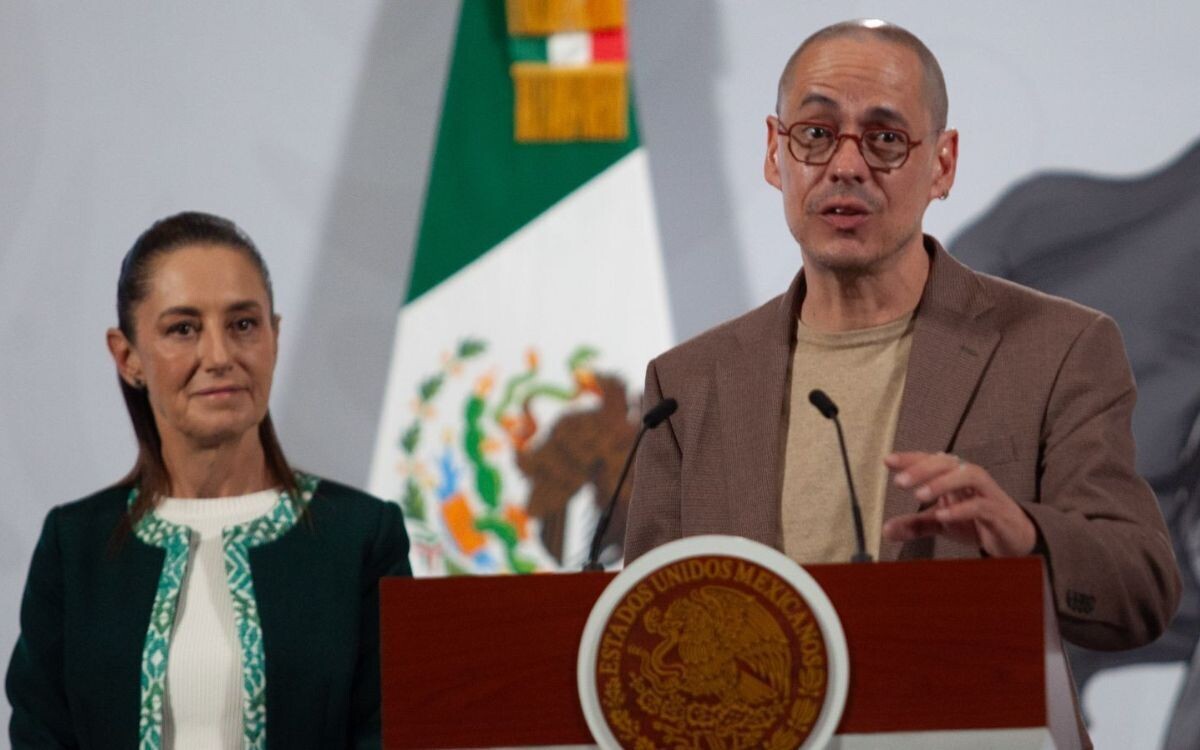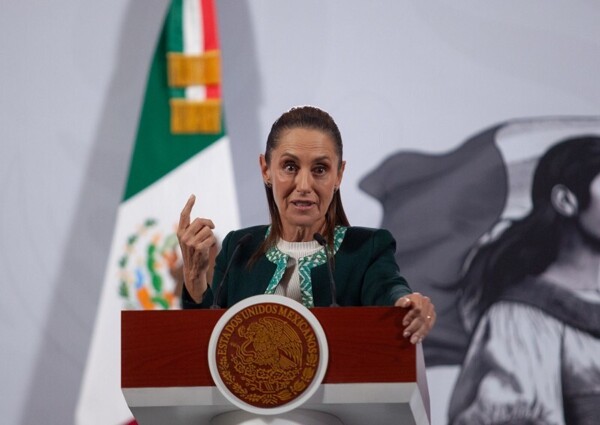
Mexico announced on Wednesday the construction of 'Coatlicue', which will be the most powerful public supercomputer in Latin America. This is a two-year project aimed at providing the country with its own capabilities for massive data processing for scientific research, public decision-making, and technological development. This was indicated by José Antonio Peña Merino, head of the Digital Transformation and Telecommunications Agency, who emphasized that 'Coatlicue' will be part of the Plan Mexico and will have around 15,000 GPUs, which in practical terms is equivalent to about 375,000 conventional computers operating simultaneously. "We are talking about a computer that almost none of us has seen in our life and that in two years we will see built in Mexico," he stated at the morning presidential press conference. Peña Merino explained that a supercomputer integrates thousands of processors working at the same time to solve problems that require millions of data and that would take months or years on a conventional computer. He underlined that GPUs, originally designed for video games, are today essential for executing artificial intelligence algorithms, which will allow Mexico to process images, texts, or highly complex predictive models. 'Coatlicue' will reach 314 petaflops, equivalent to 314 trillion operations per second, seven times more than 'Pegaso', the largest private supercomputer in Brazil; and more than 100 times the capabilities of the most advanced Mexican system currently, 'Yucca', located in Sonora. The equipment, which will be integrated into about 200 cabinets cooled by water systems and will require high levels of electrical energy and connectivity, will have a public investment of approximately 6,000 million pesos (326 million dollars), which the government plans to amortize through its applications in strategic sectors and services to the private sector. Among its uses, Peña Merino highlighted the capacity for weather forecasting, surface and groundwater modeling, energy planning, processing of large volumes of fiscal and customs data, as well as applications in health, mobility, and telecommunications. It will also offer computing capacity for technology ventures and will provide massive calculation services to companies, in order to build a self-sustaining model. Important step for science In turn, the Secretary of Science, Humanities, Technology, and Innovation, Rosaura Ruiz, affirmed that the project marks "a very big step" for Mexican science and that 'Coatlicue' will head the existing national supercomputing network, integrated by teams such as those of the National Polytechnic Institute (IPN), the National Autonomous University of Mexico (UNAM), the Center for Research and Advanced Studies (Cinvestav), and state universities. Ruiz stated that the supercomputer will require 24 months for its installation, which will include design, civil works, integration, and testing. She also underlined that the global volume of data makes it "humanly impossible" to process scientific information without supercomputing, which is why this project "places Mexico in much more modern stages." Finally, the president, Claudia Sheinbaum, highlighted that 'Coatlicue' will allow the country to process information that today takes weeks or months. "We want it to be a public supercomputer, of the people of Mexico," stated Sheinbaum, who estimated that the operational base team will be 80 to 100 people and that academic institutions, governments, and companies will be able to access its computing capacity. "In two years, Mexico will have a capacity that does not exist in any other country in Latin America," she concluded.












